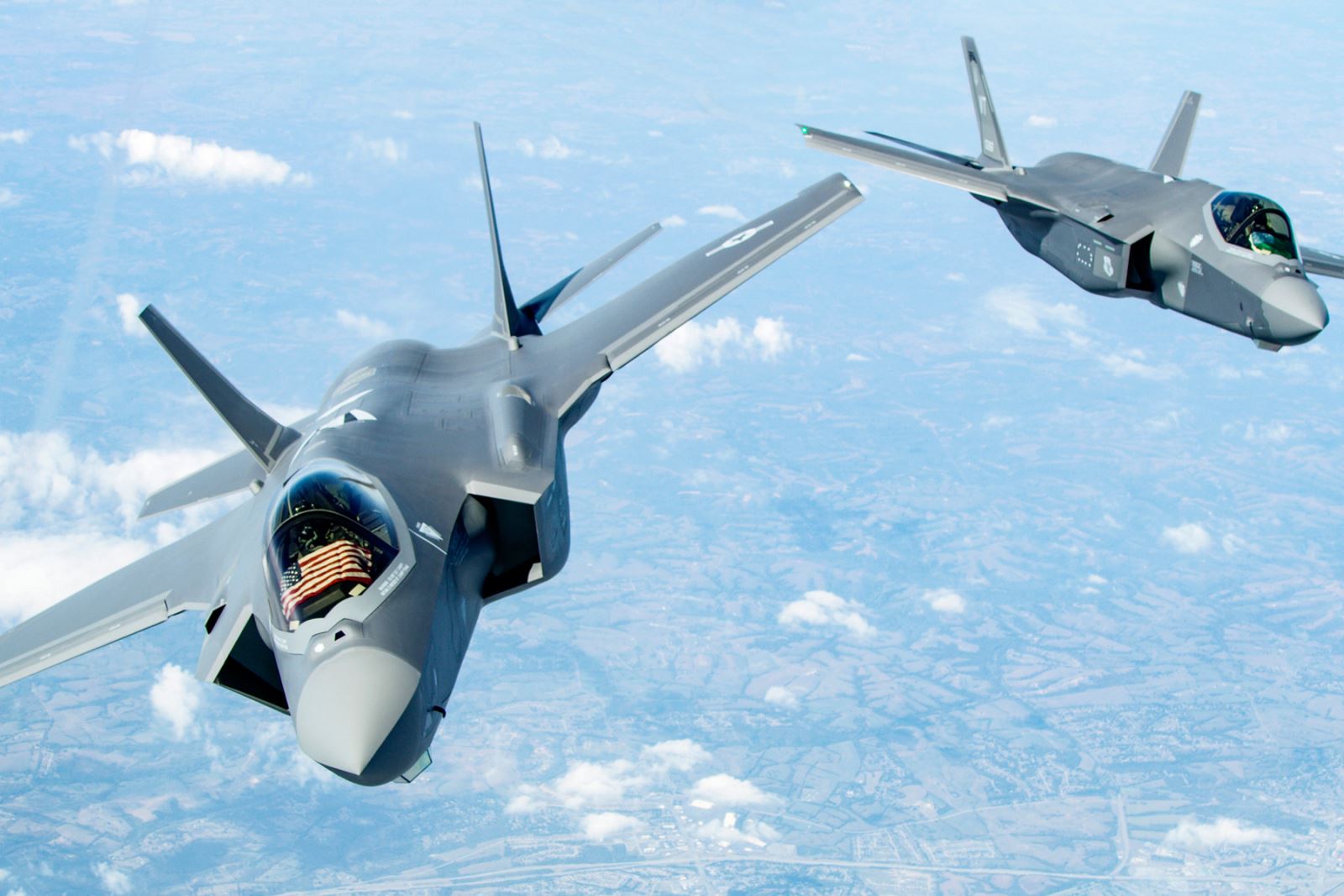The F-35 Lightning II, a marvel of modern aerospace engineering, represents a new era in multirole stealth combat. Developed by Lockheed Martin as part of the Joint Strike Fighter (JSF) program, the F-35 is designed to meet the diverse needs of allied air forces with unmatched versatility, advanced technology, and stealth capabilities. As a cornerstone of future air combat, the F-35 is setting new standards for fighter aircraft in the 21st century.

Origins and Development
The F-35 Lightning II emerged from the need for a next-generation fighter that could perform multiple roles while maintaining a low radar cross-section and advanced avionics. The development of the F-35 began in the 1990s as part of the Joint Strike Fighter program, which aimed to replace a range of existing fighters with a single, versatile platform. Lockheed Martin, in collaboration with several international partners, embarked on designing a family of aircraft that would fulfill various mission requirements for the U.S. and allied nations.
The F-35 made its first flight on December 15, 2006, with the development process marked by rigorous testing and evaluation. The aircraft entered service with the U.S. Marine Corps in 2015 and has since been adopted by several other countries, including the United Kingdom, Israel, and Japan.

Advanced Design and Stealth Capabilities
The F-35 is renowned for its stealth capabilities, which are achieved through a combination of advanced materials, aerodynamic design, and sophisticated technology. The aircraft’s angular shape and radar-absorbing materials reduce its radar cross-section, making it less detectable by enemy radar systems. This stealth feature allows the F-35 to operate effectively in contested environments and penetrate enemy defenses.
The F-35’s design incorporates a range of innovative features to enhance its performance. The aircraft’s advanced avionics suite includes the AN/APG-81 AESA (Active Electronically Scanned Array) radar, which provides superior target detection and tracking capabilities. This radar system, combined with an advanced Electronic Warfare (EW) suite, allows the F-35 to detect, identify, and counter threats with remarkable precision.
One of the F-35’s most notable features is its sensor fusion capability. The aircraft integrates data from multiple sensors and presents it to the pilot in a cohesive and actionable format. This fusion of information provides the pilot with enhanced situational awareness and allows for more informed decision-making in complex combat scenarios.

Versatility and Performance
The F-35 Lightning II is designed to perform a wide range of missions, including air superiority, ground attack, and intelligence, surveillance, and reconnaissance (ISR). It comes in three distinct variants to meet different operational needs:
- F-35A: The conventional takeoff and landing (CTOL) variant, which is designed for use on traditional runways and is the primary version for the U.S. Air Force and several international partners.
- F-35B: The short takeoff and vertical landing (STOVL) variant, which is capable of operating from shorter runways and aircraft carriers. This variant is used by the U.S. Marine Corps and the Royal Navy.
- F-35C: The carrier-based variant, designed for operations from aircraft carriers. It features larger wings and reinforced landing gear for carrier operations and is used by the U.S. Navy.
The F-35 is powered by the Pratt & Whitney F135 engine, which provides exceptional performance and efficiency. The engine’s advanced design allows the F-35 to achieve speeds of over Mach 1.6 (approximately 1,200 mph or 1,930 km/h) and operate at high altitudes with a combat radius of about 1,380 miles (2,220 kilometers).

Operational Impact and Future Prospects
The F-35 has already demonstrated its capabilities in various operational environments and military exercises. It has proven effective in combat scenarios, including strikes against enemy targets and intelligence-gathering missions. The aircraft’s advanced technology and versatility have made it a key asset for modern air forces.
Looking ahead, the F-35 is expected to continue evolving as new technologies and capabilities are integrated. Ongoing upgrades and enhancements will ensure that the F-35 remains at the forefront of air combat technology. The aircraft’s ability to adapt to changing threats and mission requirements will make it a vital component of future military operations.
Conclusion
The F-35 Lightning II represents a significant leap forward in fighter aircraft technology, combining stealth, advanced avionics, and multirole versatility. As a cornerstone of modern air combat, the F-35 is setting new standards for performance and capability. Its continued development and deployment will shape the future of air warfare, ensuring that allied air forces remain equipped to face evolving challenges in the years to come. With its innovative design and cutting-edge technology, the F-35 Lightning II stands as a testament to the future of aerial combat and military aviation.





